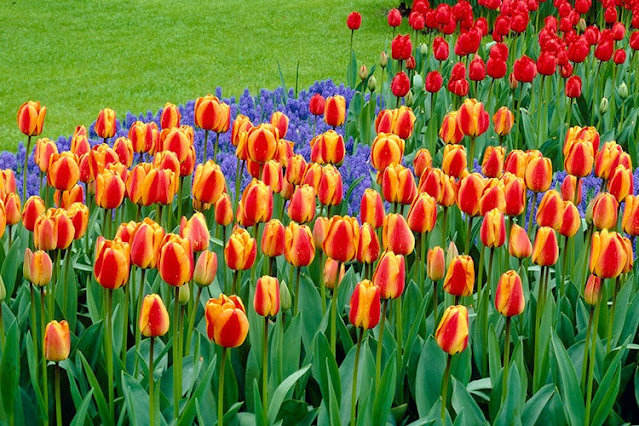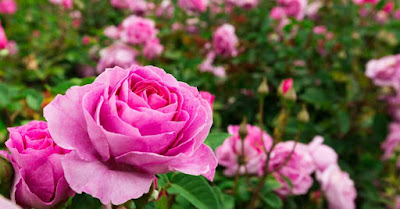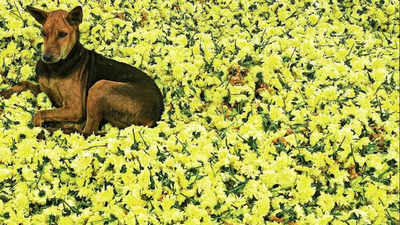How to Grow Tulips
How to Grow Tulips
Tulips, treasured bulbs from Turkey, welcome spring around the world. These members of the Lily family are more varied, versatile and vigorous than gardeners realize and can be early, late, fragrant, fringed, ruffled, striped, double, lily-form, multicolored, festive, formal, and from 4” to 30” tall.
When & Where to Plant Tulips
Tulip bulbs are planted in fall in USDA hardiness zones 7 and below. In Zone 8 and higher plant bulbs in late December or January for spring bloom providing bulbs have been chilled at 40-45°F (a refrigerator works well) for 10 weeks prior to planting.
Light: Tulips grow best in full sun in the North and partial shade in the South.
Soil: Plant tulip bulbs, pointed end up, in well-drained soil with a pH between 6 and 7. Add compost to improve sandy soils and poorly draining clay soils.
Spacing: Plant bulbs 4-6” apart.
Planting: The general rule of thumb is to plant bulbs three times as deep as the bulb’s length. Traditionally, tulips are planted 6-8” deep. Those who favor deep planting at 12”, claim there is less chance of sprouting in fall, damage by cold air and soil, being heaved up by freezing and thawing, or being eaten by animals. Southern gardeners may prefer to plant their bulbs at a more shallow depth, to take advantage of the exposure to cool air that occurs closer to the soil's surface.
Planting Steps:
Be sure to water in thoroughly if planting in dry soil; enough to wet the planting hole and bulb. This will send a clear message to the bulb that it's time to grow.
How to Grow Tulips Throughout the Season
Growth Habit: Tulips grow upright and erect with each bulb producing a single flower on a leafless, node-less stem.
Staking: Most tulip stems are sturdy and do not need staking. However, hybrids with giant flowers can be top-heavy and require support in spring winds and heavy rain.
Watering: To trigger root system growth before winter dormancy, always water bulbs after planting. Since bulbs are susceptible to rot diseases from excess water, normal rainfall should suffice through spring. In a hot, dry spring additional water may be needed to prolong flowering. Irrigation systems are death on tulips. To keep bulbs dry during summer dormancy turn off irrigation systems on bulb beds or lift bulbs out of beds, clean, and store in mesh bag in a cool dry location out of sunlight.
Fertilizing: Fertilize bulbs at planting time in fall and again in early spring when sprouts emerge. Broadcast a 4-10-6 organic bulb fertilizer at a rate of one teaspoon per bulb.
Mulching: Cover the bulb bed with 2-3” of mulch after planting to insulate the soil, maintain even soil moisture, and stop soil from splashing on the flowers.
Trimming & Pruning: Remove spent blooms to prevent seed formation. Allow stems and leaves to die back naturally to yellow or brown before removing them. If leaves are removed while still green, the bulb won’t store enough food to bloom next year.
Powered by:
@AnandDewangan














Comments
Post a Comment
If you have any doubts, Please let me know